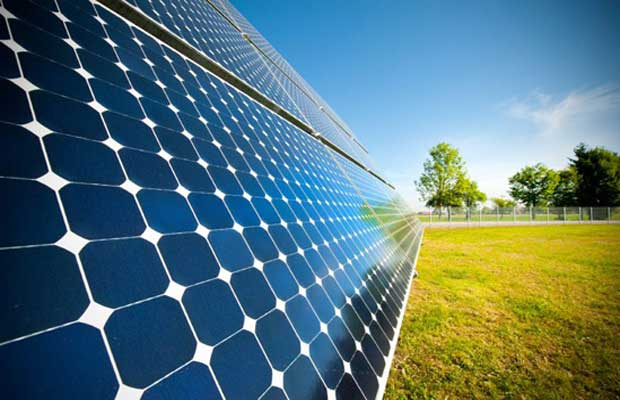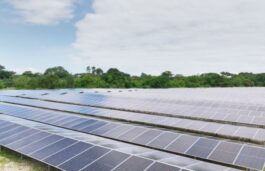
California— the largest U.S. state, home to 1/8th of the country’s population, and responsible for 14% of national GDP — is experiencing one of its most challenging droughts this year. The state had earlier experienced the biggest wildfire season recorded in its modern history in 2020, which is one reason being blamed for the adverse weather conditions there this year. As of June 10, 2021, 85% of the “Golden state” was in extreme or exceptional drought, while dryness continued to plague much of the western U.S. With an upcoming triple-digit heatwave set to strike the state, whose depleting hydropower resources are proving less reliable to electrify the grid and prevent blackouts during peak demand, it seems safe to suggest that solar power will play a key role in helping California meet its energy needs this year. For solar, this probably will be one of the biggest test cases at this scale. For California, this will be a reward for some of the most progressive policies on clean energy in the US. In 2015, Senate Bill 350 increased the ‘33% by 2020’ goal to 50% by 2030. In 2018, Senate Bill 100 increased the goal again to 60% by 2030 and established a state policy, mandating all electricity retail sales to come from RPS-eligible or carbon-free resources by 2045. In 2020, solar PV and solar thermal plants contributed over 15 percent to the state’s electricity mix, overtaking hydro, with close to 14 GW capacity, which produced over 29,500 GWh of energy. In 2021, a lot is riding on this sector, even as fresh installations add to the total capacity and are expected to reach 17.5 GW or more.
The three West Coast states – California, Oregon, and Washington – house around 50% of the country’s hydro capacity. As a result, much of California currently depends on hydropower dams, like the Hoover Dam on the Nevada-Arizona border, for electricity supplies. Over the past three years, 13% of its electric power has come from hydro, according to BNEF. However, the on-going drought has reduced water levels in the state’s key reservoirs to a dangerous low. The annual precipitation, mainly between November and March, was negligible this time, with the precious few snowflakes that did fall melting quickly and seeping into dusty ground, rather than adding volume to rivers and reservoirs. Consequently hydropower output is declining and has hit the lowest in California in more than 5 years. As per BNEF, hydropower was cut down by 40% this month compared with June 2020. The Hoover Dam, notably, suffered a 25% fall in capacity — the site’s reservoir is at its lowest point since 1937. Even nationally, according to the U.S. Energy Information Administration, electricity generation from conventional hydro sources will reduce by 11% this year compared to 2020.
On the other hand, due to extreme heat, the demand for electricity, a major chunk of which is used for air-conditioning, is expected to sky-rocket, especially in the crucial hours between 6 p.m. and 9 p.m. Earlier, peak demand for grid power would begin late afternoon, but with rapid expansion of solar energy in the state in the last decade, demand makes its presence felt evening onwards after sunset. Since hydro is now more constrained than ever, the burden of meeting this demand is likely to fall on plants running on gas, which will inevitably interfere with the state’s decarbonisation goals.
Over the past 10 years, the state’s residential solar capacity has increased by ten times. Some of the reasons behind this boost in solar power are: insolation, community support, declining solar costs, and a Renewable Portfolio Standard which requires that 33% of California’s electricity come from renewable resources by 2020, and 60% by 2030. Given the current shutting down of gas plants due to wildfire threats and decreasing hydropower resources, the solar-saturated state would do well to invest more in solar energy and battery storage so as to ensure continued supply of electricity even after the sun goes down. Batteries are expensive and a long-term plan to accommodate and benefit from that expense will be key to becoming solar-reliant. By September, California is expected to have an extra 1.5 gigawatts of battery storage online compared with last summer. That is definitely a good start!
In October 2020, California was declared the highest solar power generating state in the nation, producing enough solar capacity to supply electricity to 8.4 million homes in the state. In 2020, SEIA estimated that California will increase its solar capacity by over 19,000 MW over the next 5 years, second behind Texas at 20,000 MW. Here’s hoping that the trend will continue, although one trend that will definitely need to be arrested is the overall cost of power in the state, which is one of the most expensive in the union for a variety of reasons.





























